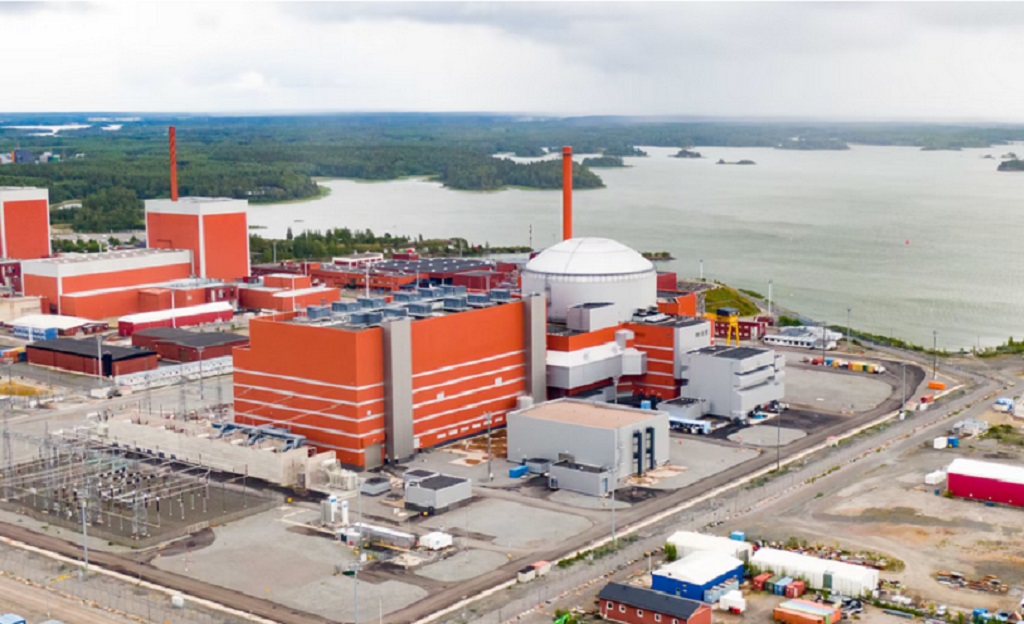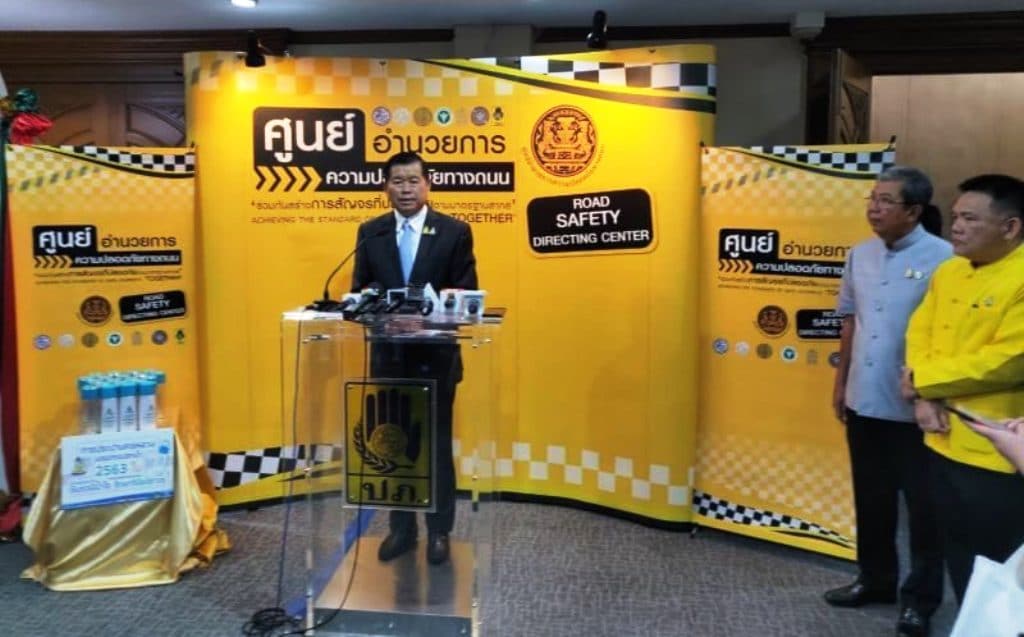News
Europe’s Largest Nuclear Reactor Olkiluoto 3 Kicks into Production in Finland

Finland’s largest single next generation nuclear reactor Olkiluoto 3 kicked into production on Sunday, hours after Germany shuttered its last three nuclear reactors.
According to Teollisuuden Voima Oyj (TVO) power , the next-generation Olkiluoto 3, which already generates about 14% of the country’s electricity, is projected to remain operating for “at least the next 60 years.”
The announcement comes after Germany officially ended decades of nuclear energy use on Saturday by shutting down its final three nuclear reactors. The Isar 2 reactor in the country’s southeast, the Neckarwestheim facility in the southwest, and Emsland in the northwest were all unplugged from the power grid before midnight.
Since 2002, Europe’s largest economy has been looking to phase out nuclear power, but former German chancellor Angela Merkel hastened the phase-out in 2011 following the disaster at the Fukushima nuclear power plant in Japan.
Meanwhile, in Finland, the European pressurized water reactor (EPR) was put into regular service 18 years after construction began, and 14 years after it was initially slated to enter commercial production.
It was expected to launch commercial production in December after reaching maximum power in September last year, but the start date was pushed back many times throughout its testing phase.
Europe’s single largest nuclear reactor
The reactor, built by the French-led Areva-Siemens partnership, began operations in December 2021 and was connected to the Finnish power grid in March of last year.
“Test production has concluded, and regular electricity production began today,” TVO stated. “From now on, about 30 percent of Finnish electricity will be produced in Olkiluoto,” which previously had two reactors.
Olkiluoto 3 is Europe’s single largest nuclear reactor, capable of generating 1,600 megawatts, although Ukraine’s Zaporizhzhia plant, with six reactors, is the largest nuclear plant.
Finland had hoped to rely on the new reactor for its electrical needs earlier this winter, amid fears of energy shortages following Russia’s invasion of Ukraine and shut off gas exports in response to Western sanctions.
Jarmo Tanhua, CEO of TVO, dubbed “environmentally friendly electricity production” one of Finland’s “top trump cards” in a statement.
World’s third largest operational nuclear power unit
The EPR was planned to revive the European nuclear sector following the 1986 Chernobyl disaster, and it was marketed as having more power and better safety. However, some EPR projects have been beset by delays and cost overruns in the billions of dollars.
At the end of last year, France’s state-owned energy provider EDF announced another six-month delay for a nuclear reactor under construction in Flamanville, northwest France, pushing the launch date back to mid-2024.
EPR production difficulties, cost overruns, and delays have also occurred at Hinkley Point in the United Kingdom and the Taishan plant in China. The two EPR units in China have already begun commercial production, making Olkiluoto 3 the world’s third operational nuclear reactor.
Germany’s choice to phase out nuclear power was widely supported in a country with a strong anti-nuclear movement.
However, some have challenged how the decision increased the country’s reliance on coal as it attempted to manage an energy crisis precipitated by the Ukraine war.
Markus Soeder, the conservative leader of Bavaria’s southern state, has asked the federal government to allow his state to continue using nuclear electricity.
“We must use every form of energy until the end of the decade as long as the crisis does not end and the transition to renewables is not completed,” Soeder told Bild am Sonntag on Sunday.
Nuclear technology has also gained traction as a means of reducing carbon emissions, with Swedish climate campaigner Greta Thunberg calling the German move “a mistake” if it meant burning more coal.
The Olkiluoto 3 nuclear reactor was lauded by TVO as “Finland’s greatest climate act,” adding that it would “accelerate the transition to a carbon-neutral society.”
A May 2022 poll in Finland found that 60% of Finns backed nuclear reactor power.
Nuclear Energy
Nuclear energy refers to the energy generated by the process of nuclear fission or fusion, which involves splitting or combining the nuclei of atoms, respectively. This process releases a tremendous amount of energy in the form of heat, which can be used to generate electricity.
Nuclear power plants use controlled nuclear fission reactions to produce heat, which then drives steam turbines to generate electricity. The fuel used in nuclear power plants is typically enriched uranium or plutonium, which undergoes controlled nuclear reactions to release energy. The heat generated by the nuclear reactions is used to produce steam, which drives a turbine connected to a generator, producing electricity.
Nuclear energy has several advantages, including its ability to generate large amounts of electricity with relatively low greenhouse gas emissions. It is considered a low-carbon energy source, as it does not produce carbon dioxide (CO2), a major greenhouse gas that contributes to climate change, during the power generation process. Nuclear power plants also have a high energy density, meaning they can generate large amounts of electricity using relatively small amounts of fuel.
However, nuclear energy also has several drawbacks. One of the main concerns is the potential for accidents, such as nuclear meltdowns or radioactive leaks, which can have severe environmental and health consequences. The disposal of nuclear waste, which remains radioactive for thousands of years, is also a significant challenge. Additionally, the proliferation of nuclear technology for potential weaponization and the high cost of building and maintaining nuclear power plants are other concerns.
Overall, nuclear energy is a complex and controversial topic with both benefits and risks. It is important to carefully consider its advantages and disadvantages, as well as the associated safety measures and regulations, when evaluating its role in the future of energy production.




























